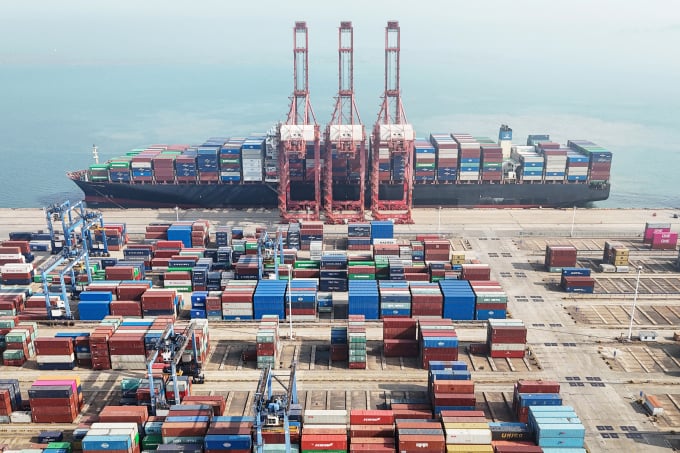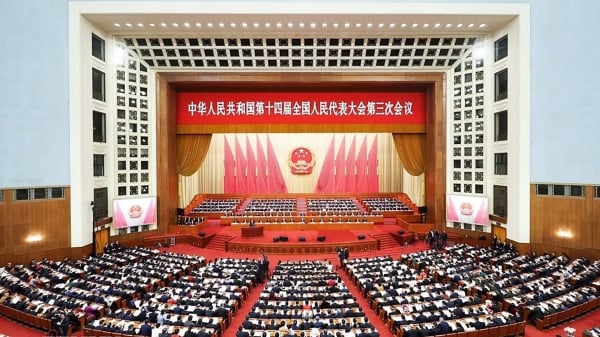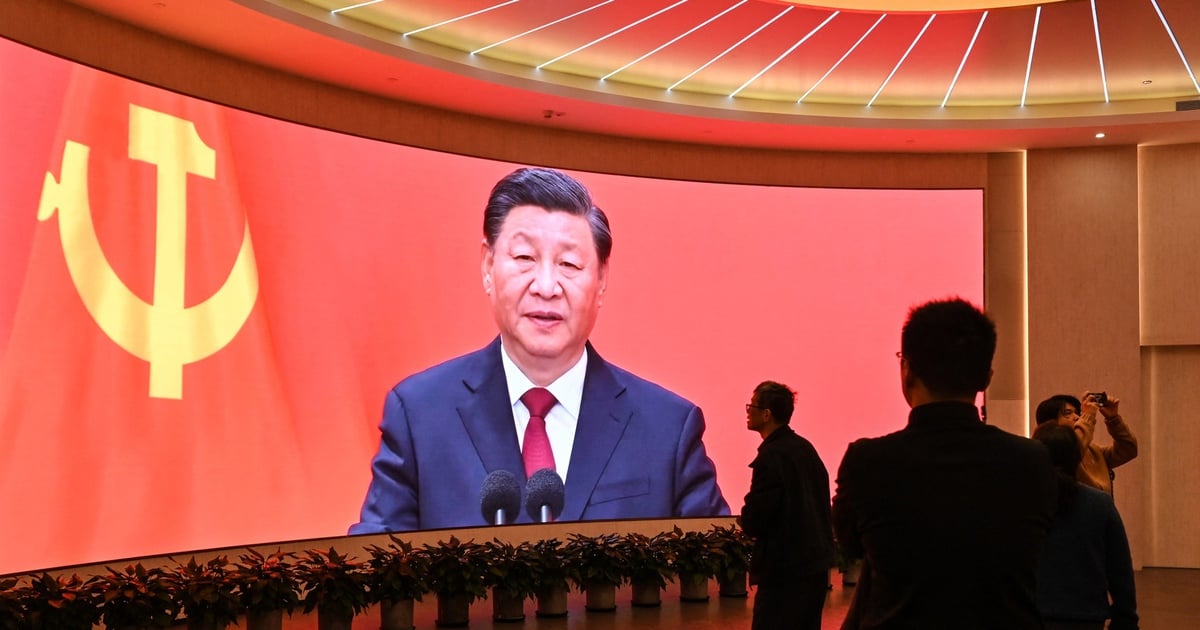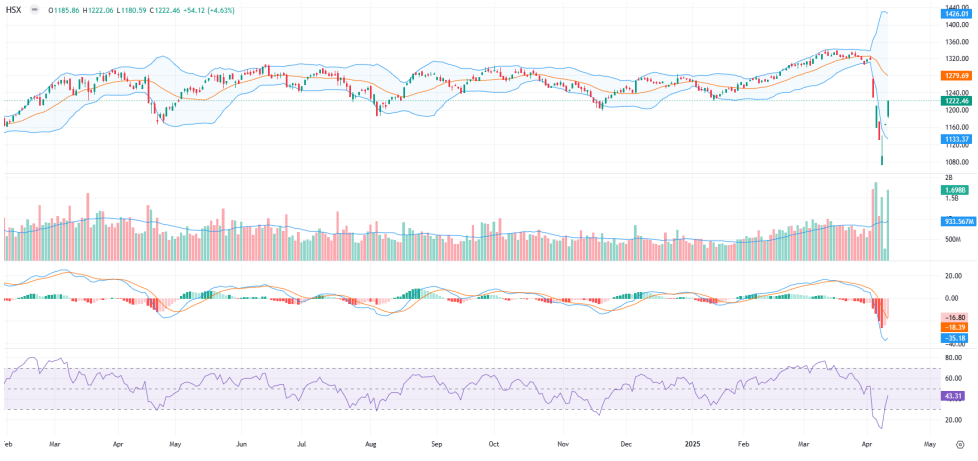China's March exports fell 7.5% year-on-year, the biggest decline since August 2023.
The pace was also higher than the 2.3% decline forecast in a Reuters poll of economists. In the first two months of the year, China's exports still grew 7.1%.
Meanwhile, imports also fell 1.9%. As a result, the world's second-largest economy's trade surplus reached $58.55 billion in March, compared to $125 billion in the first two months of the year.
Exports fell partly on a higher base, with a 14.8% increase in the same period last year after China’s economy reopened after the pandemic. Zichun Huang, China economist at Capital Economics, said exports grew more slowly this year as consumer spending in advanced economies cooled and the benefits of last year’s sharp decline in export prices faded.
China's economy is off to a relatively solid start this year after policymakers rolled out support measures to revive consumption, private investment and market confidence from the second half of 2023.

A corner of Lianyungang, Jiangsu province, China on February 12. Photo: AFP
However, growth remains uneven and analysts do not expect a full-blown recovery anytime soon, largely due to the lingering property crisis. A Reuters poll forecast the economy grew 4.6% in the first quarter. China has set a GDP growth target of 5% this year.
Bruce Pang, chief economist at JLL, said that in addition to the difficulties of exchange rate fluctuations, the weak export and import performance in March showed that Beijing needs more comprehensive and targeted policy stimulus. "It will take a long time for China's foreign trade to once again provide growth momentum," he said.
There are concerns that China may seek to boost exports to help meet its growth target. But exporters have been cutting prices to boost sales in recent times, and with losses mounting, their room for further price cuts is shrinking, Ms. Huang said.
Meanwhile, China is trying to stimulate domestic demand. It plans to issue 1 trillion yuan ($138.18 billion) of special super-long-term treasury bonds to support key sectors. It also increased the 2024 special bond issuance quota for local governments to 3.9 trillion yuan from 3.8 trillion yuan in 2023.
Last month, the cabinet approved a plan to upgrade large-scale equipment and boost consumption, which is estimated to generate more than 5 trillion yuan in annual market demand. The country's March purchasing managers' index (PMI) survey showed manufacturing activity expanded for the first time in six months.
Phien An ( according to Reuters, AP )
Source link



![[Photo] Looking back at the impressive moments of the Vietnamese rescue team in Myanmar](https://vstatic.vietnam.vn/vietnam/resource/IMAGE/2025/4/11/5623ca902a934e19b604c718265249d0)


![[Photo] "Beauties" participate in the parade rehearsal at Bien Hoa airport](https://vstatic.vietnam.vn/vietnam/resource/IMAGE/2025/4/11/155502af3384431e918de0e2e585d13a)

























![[Photo] Summary of parade practice in preparation for the April 30th celebration](https://vstatic.vietnam.vn/vietnam/resource/IMAGE/2025/4/11/78cfee0f2cc045b387ff1a4362b5950f)




























































Comment (0)